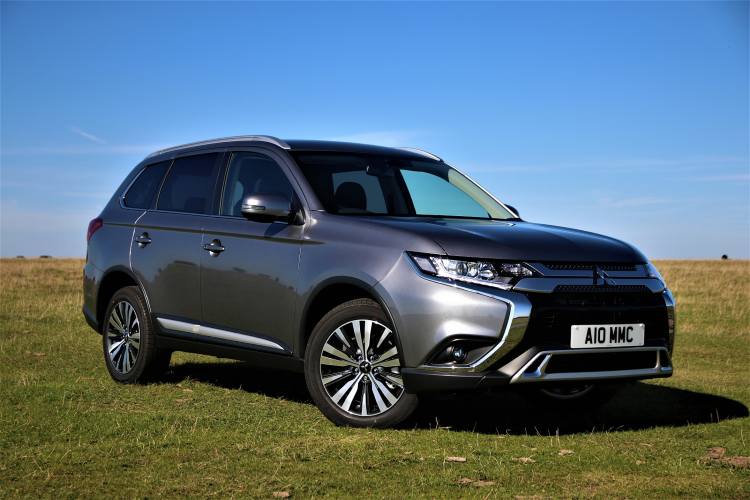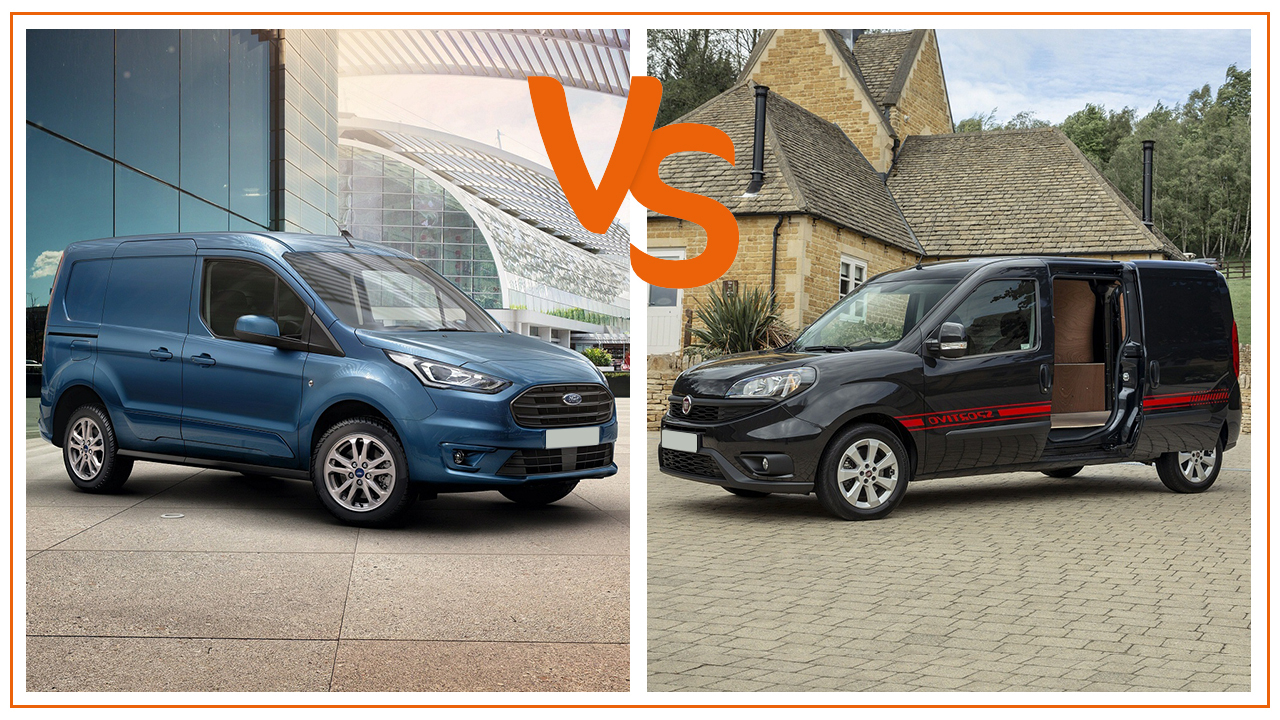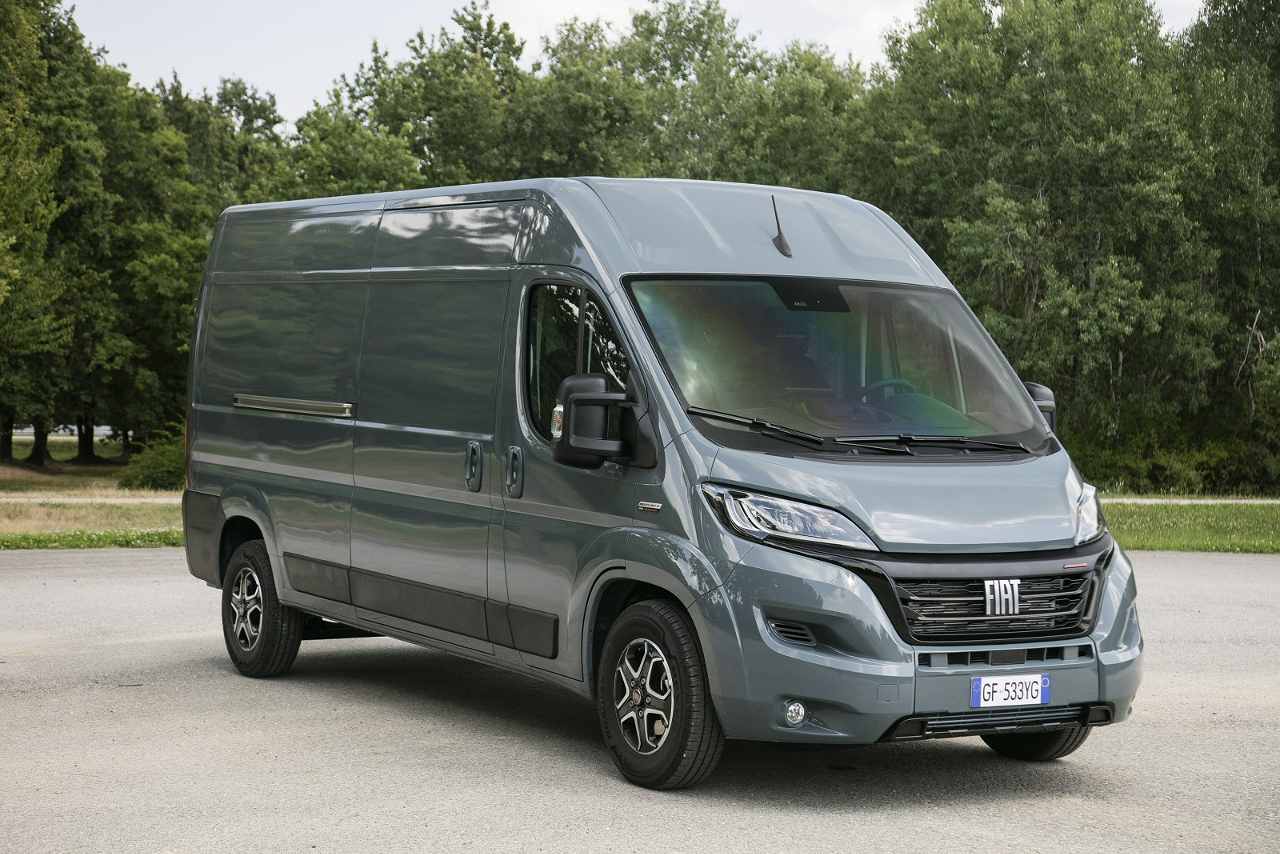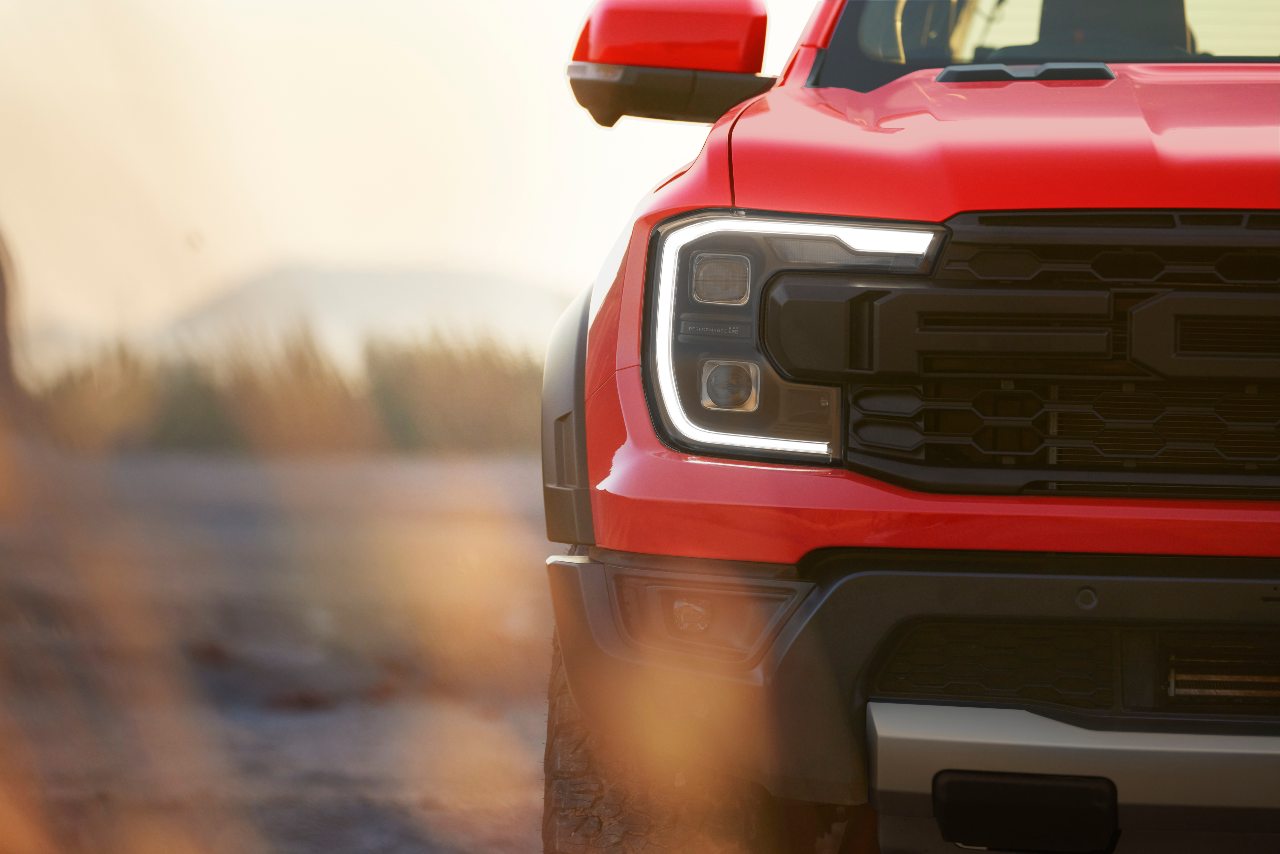**The Mitsubishi Outlander Commercial is the LCV version of the company’s popular passenger SUV. If you’re wondering what the commercial version looks like, just imagine the SUV with the seats removed, blanked out rear windows & you’ve got it! Vanarama van expert Tom Roberts takes a look inside. **
The commercial version of the Outlander was originally launched in 2013 as a diesel-engined 4x4 workhorse. A PHEV version was added in 2014, followed by a diesel option in 2018. Then, in 2019 the 2.0 litre petrol engine was replaced by a 2.4-litre unit, before two new trim levels were introduced in 2020 as a replacement to the single trim level.
It’s a popular vehicle, loved by users of its car version, but I’ve never been particularly fond of SUV-to-van conversions. However, if you’re looking for a long warranty, you’ve got it with this vehicle’s 5-year, 62,500-mile warranty. Now, let's take a closer look at what it offers.
The Mitsubishi Outlander Commercial
Trim levels & features: You’ve got two trim levels to choose from, the Reflex & Reflex Plus.
Cab environment: If you like your cabin cozy, the Mitsubishi features electric cab pre-heating, heated seats & dual-zone climate control, so turn those dials up on long, wintery drives.
Driver convenience: There isn’t much difference between the Reflex & the Reflex Plus for the driver convenience. They both include keyless entry, Smartphone link display 8-inch MUU, cruise control, DAB radio, electrically heated & folding mirrors, plus rain sensors. The only added bonus you get with the Reflex Plus trim is a reversing camera for those extra smooth maneuvers into tricky spots.
Exterior: The differences become slightly more apparent here - the Reflex trim level comes with 16-inch alloys, but if you’re looking for a little more you’ll get 18-inch inch alloys with the Reflex Plus trim level. The Plus trim also comes with coloured keyed bumpers, mirrors & handles. On both trim levels you’ll get LED DRLs, headlights & taillights, roof rails & spoilers. Lovely!
Safety features: All trim levels get brake assist, TPMS & a Thatcham CAT 1 alarm, which makes this a brilliantly-secure vehicle.
Engines & drivetrains: As standard, all versions of the Mitsubishi Outlander Commercial feature a 2.4-litre 135PS 4-cylinder petrol engine with automatic transmission, plus the 28 mile pure electric range. Charging is either by plug-in, or simply by selecting ‘Charge Driving Mode’ which transfers some of the engine's energy into charging the battery. You’ll also get permanent 4WD & Super All Wheel Control (S-AWC), which automatically distributes torque & traction to each wheel. Plus, the vehicle also offers users a 6-level regenerative braking & EV priority mode (ensuring electric power is used if available).
Body & Weight Configurations, Doors & Loading Bays: The Outlander Commercial comes with a single configuration, with a rear tailgate & half solid half mesh bulkhead.
Capabilities: Payloads, Tow Weights, Fuel Consumption & CO2: The towing capacity on this is 1500kgs with the payload coming in at 500kg. The WLTP fuel consumption is 139.7mpg with the Co2 (NEDC) at 40g/km.
Cargo Area Dimensions: Its internal length is 1650mm, its internal width is 1000mm & its height is 800mm. The load volume stands at a respectable 1602 litres, which makes my eyes go pop!
Tom’s Takeaways
Car-derived commercial vehicles are not everyone’s cup of tea - there’s only a few I really like & this isn’t one of them. But that’s not to say it won’t suit you - I’m just not a huge SUV fan. It’s my failing, not theirs. I promised myself I wouldn’t get emotional about this.
Overall, however, there are some things I like. I like the big load volume, I like the engine & I’m a fan of the trim levels being simple to understand. Other than that, I don’t see why you would choose this over a van or a pickup truck. Answers in the comments, please.




